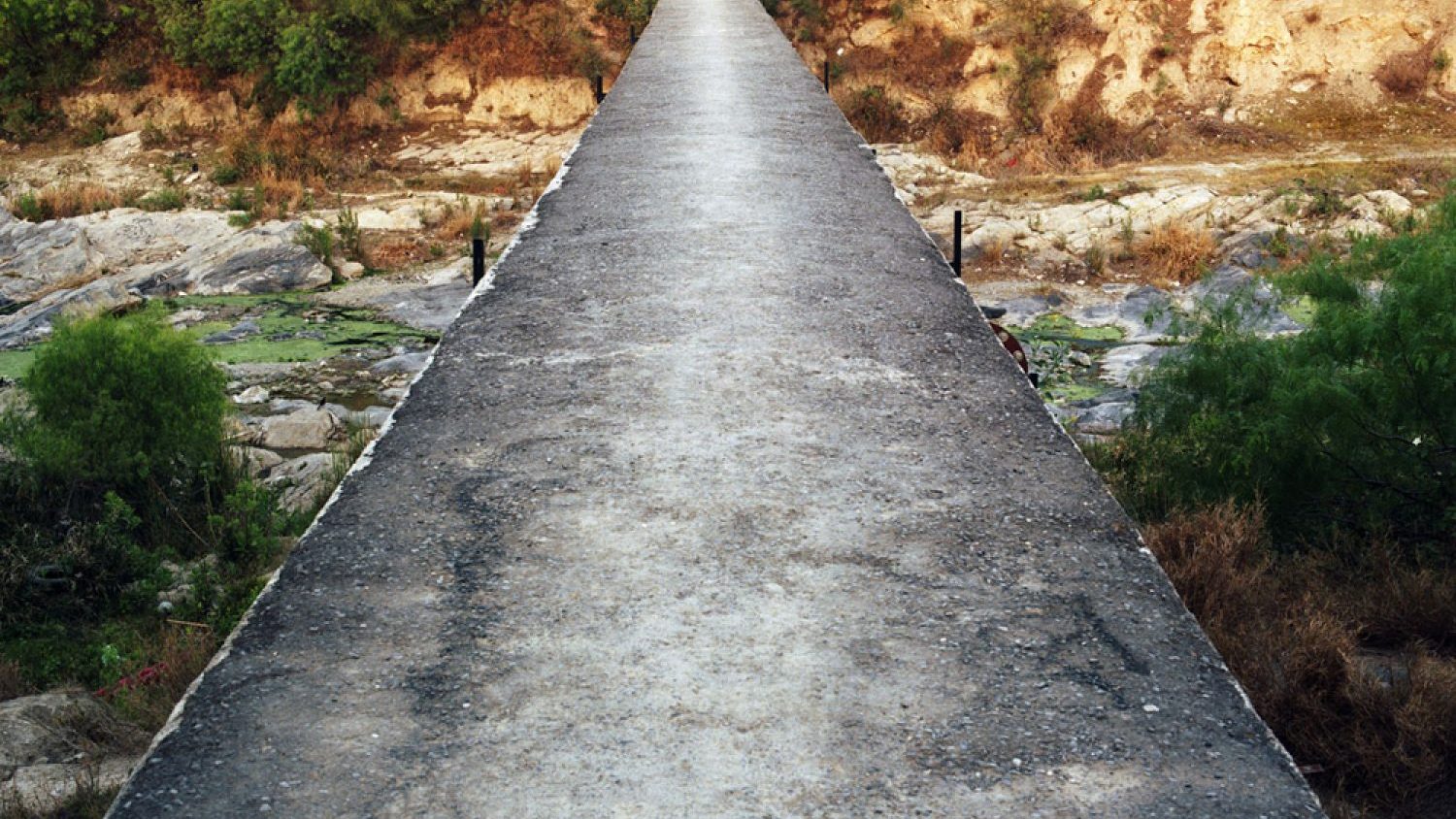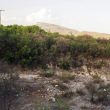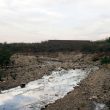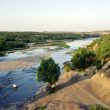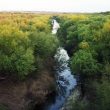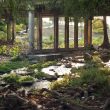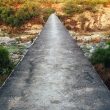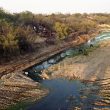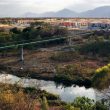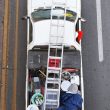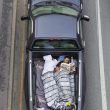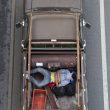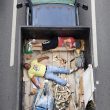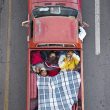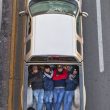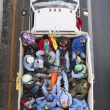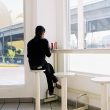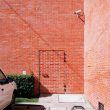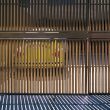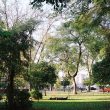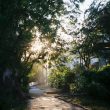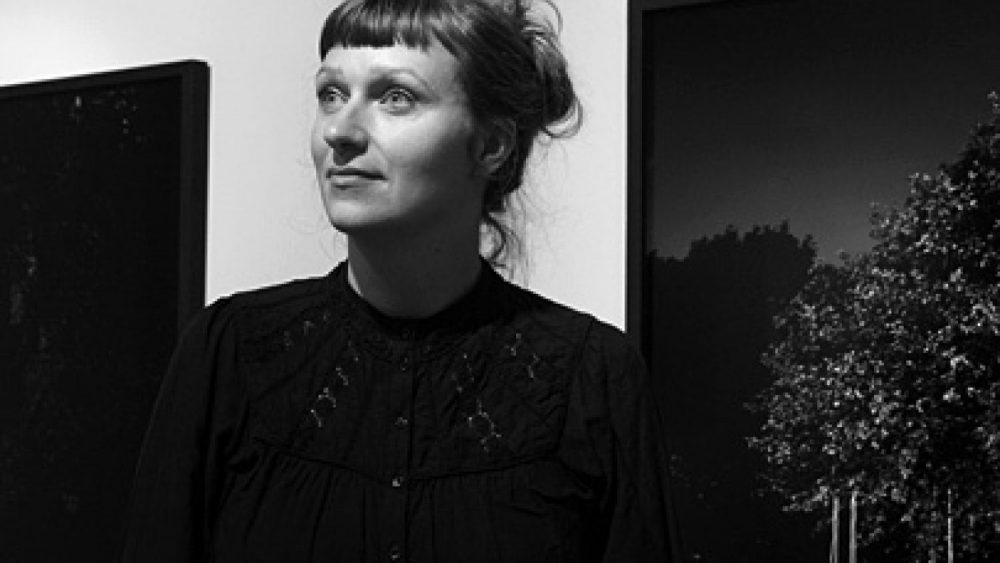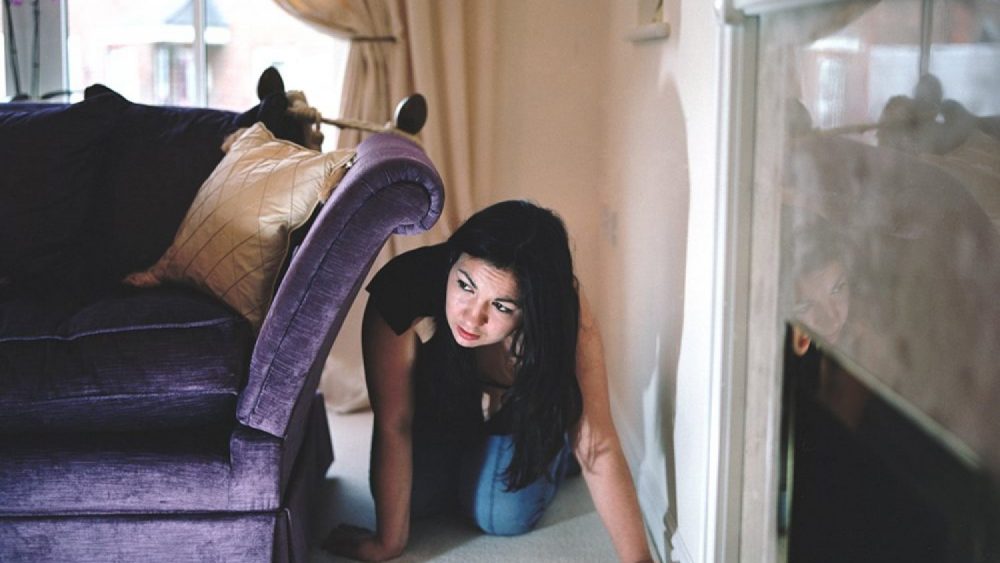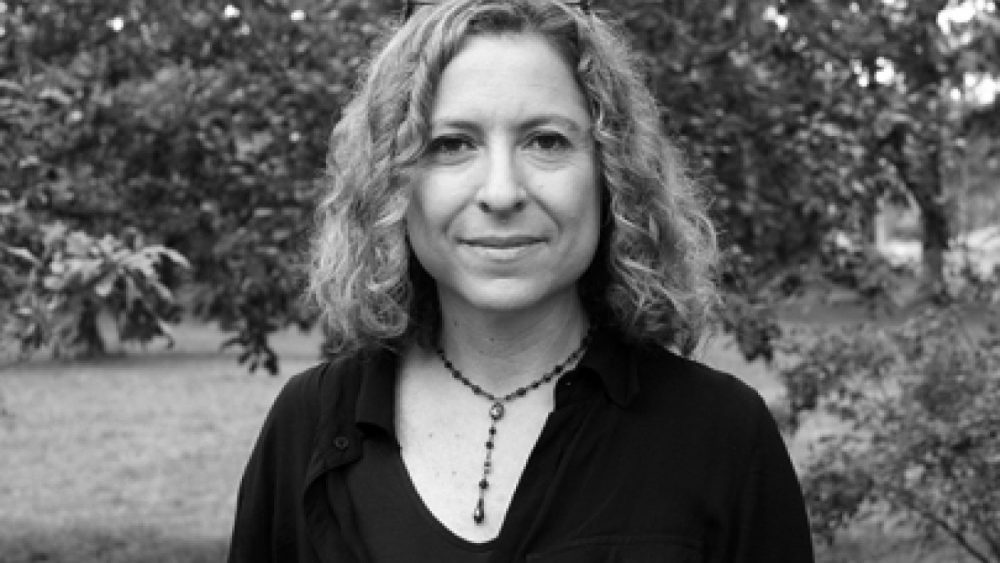Alejandro Cartagena
Dominican photographer Alejandro Cartagena (1977) lives and works in Mexico. His projects employ landscape and portraiture as a means to examine social, urban and environmental issues.
His work has been exhibited internationally. In 2010 he received Photo Lucida’s Critical Mass Photo Book Award. He has also been a finalist for the Aperture Portfolio Award and has been nominated for KLM Paul Huf award, the Prix Pictet prize and other awards. He currently teaches at the University of Nueva Leon.
When and how did your interest in photography develop?
At first photography was a way for me to hold onto the past. When I left the Dominican Republic to come to Mexico, the old family albums were a place of comfort and belonging. I guess that eventually I decided to create new stories and things I would identify with. I started taking pictures in a serious manner after attending a workshop in 2004. The teacher, Gerardo Montiel Klint, really got me thinking on the possibilities of representation and the ways how meaning is constructed. From there on I just haven’t stopped photographing.
What does it mean to be a photographer in Mexico?
There is a big photographic legacy in Mexico. That comes from past Mexican photographers or international photographers portraying Mexican subjects. This, of course, permeates our practice in many ways such as what to photograph and how we do it. Documentary is maybe the most visible genre practiced but not the only one with strong practitioners.
As regards documentary photography, I came into it right before the drug war had broken out, thus I was still able to “safely” pursue any subject matter, especially things that entitled being on the street. Right now the feeling is maybe a bit unsafe. But even though there are safety issues and social unrest, I feel that there is a great insurgence of new Mexican photographers, schools, exhibition spaces all devoted to photography. It is a very special time to be doing images here. We need alternative histories to be told of this turbulent time.
Your works reflect social and environmental issues. How can photography be useful to raise public awareness?
That is something that is always on my mind and maybe in a way I am a romantic trying to change the world, but my agenda is first of all a personal one. I want to be an artist that is able to see things in ways that could make me rethink what has become natural in culture and our daily lives. I love the idea of visual poetry but I am also a believer that there is poetry in being socially aware and a bit political.
What are you working on now?
I am doing several projects right now. Most of them relate to the idea of the right to the city and how people protect their urban space.
What is the most rewarding thing for you as a photographer?
Being able to do something that allows me to think of who I am, where I live and the people around me. It is just incredible to have that opportunity to be a commentator of culture.
